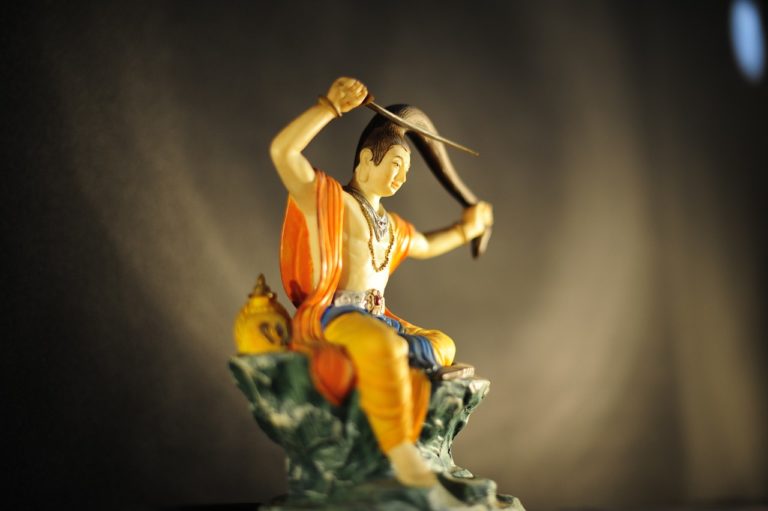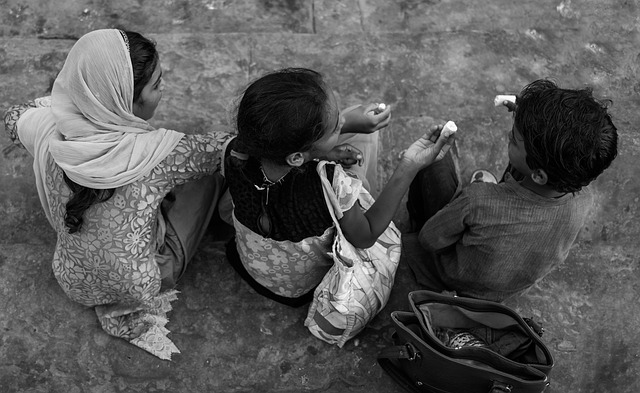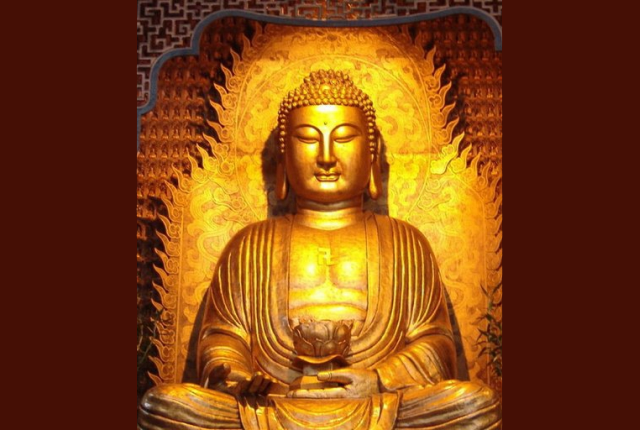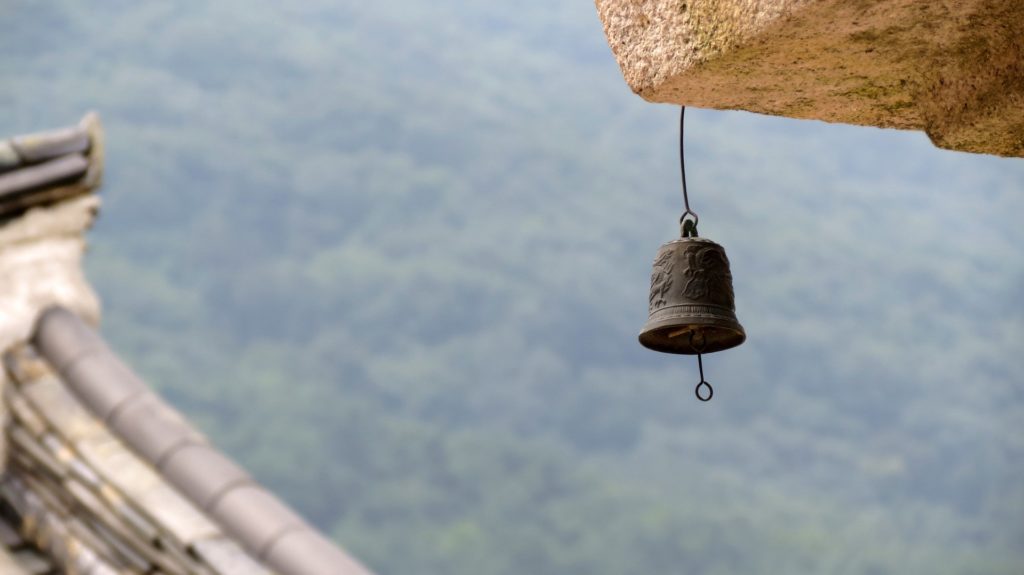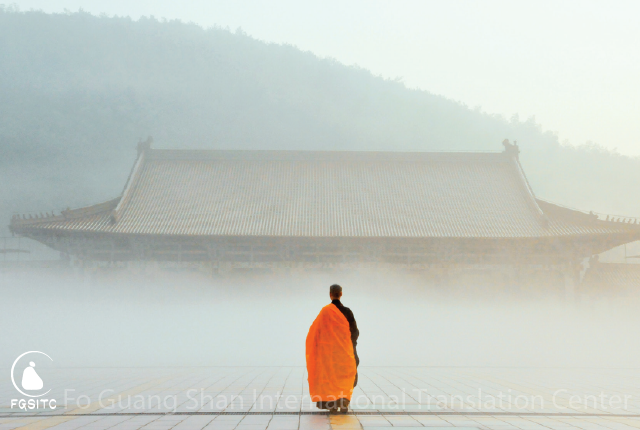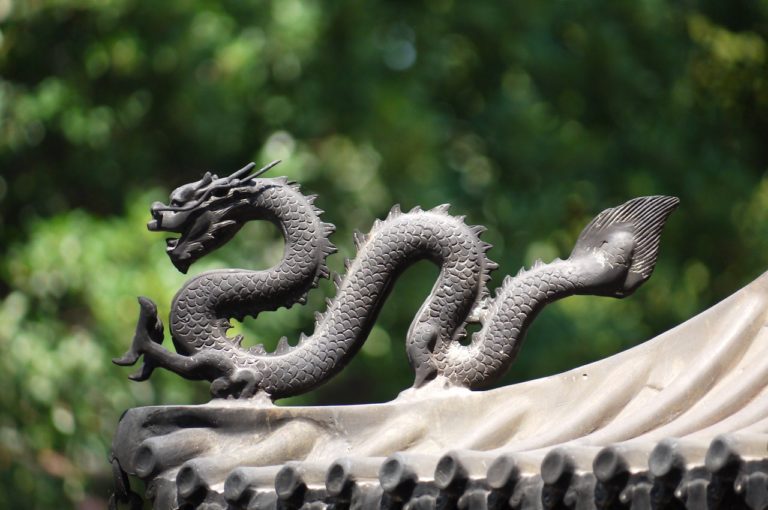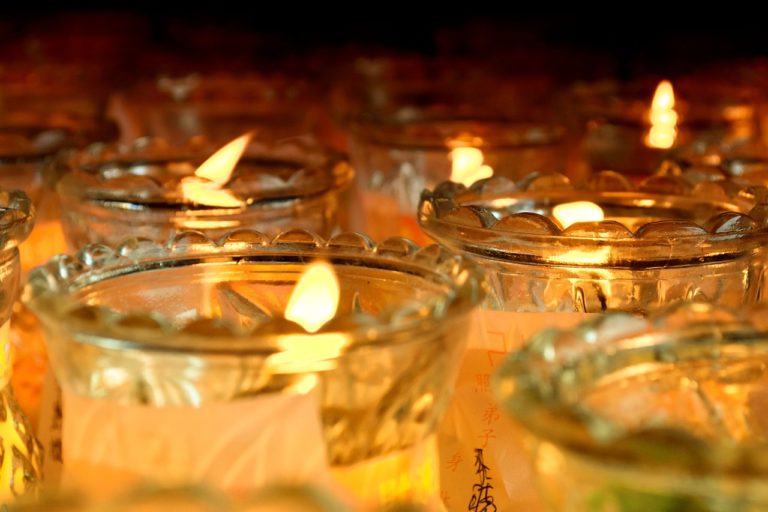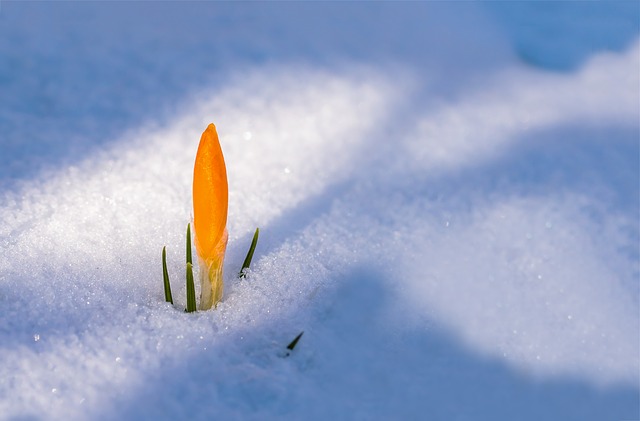
We all pursue beauty. When we are born without natural beauty, we turn to beauty products and even cosmetic surgery to enhance our looks. But no matter how hard we try to achieve the perfect look, it never compares to the beauty of just being natural.
Look at the beauty of nature: the crystal blue sky, the floating white clouds, the colorful hues of a rainbow after it rains, and the twinkling stars at night. Go climb to the top of a mountain at night, when the moon is bright and the air is crisp, and as far as the eye can see, you can appreciate the panoramic beauty of nature and the vast openness of the universe. In this universe of ours, there are lofty mountains and steep cliffs; there are boundless deserts; and there are rushing rivers and lush forests.
All these naturally beautiful landscapes of the world are odes of praise to the beauty and wonder of nature. The beauty of nature is really enchanting and fascinating!
In the pursuit of beauty, where it is lacking naturally we make up for it artificially. Whether we are landscaping a garden, decorating a house, fashioning a wardrobe, or even changing our physique or posture, we need to harmonize these activities with nature in order to achieve a good standard of beauty. If buildings are ostentatiously designed or people overly made-up, they no longer reflect the beauty of nature. Natural beauty is forfeited when we are pretentious or affected.
Although there is no universal standard for beauty, there should be some guiding principles for it. Beauty should be pleasant to behold. It should purify one’s spirit, sublimate one’s mind, open up one’s heart, and transcend worldliness. The true meaning of beauty lies in its ability to enhance our lives.
In pursuing the beauty of being natural, we should speak with humor, we should be reasonable with others, and we should be gracious in how we handle worldly affairs. Then, the beauty of being natural may be close at hand.
The valor of men, the gentleness of women, the kindness of seniors, and the innocence of children are all real-life examples of natural beauty.
It was originally published in All in a Thought, written by Venerable Master Hsing Yun.
Image from Pixabay.

